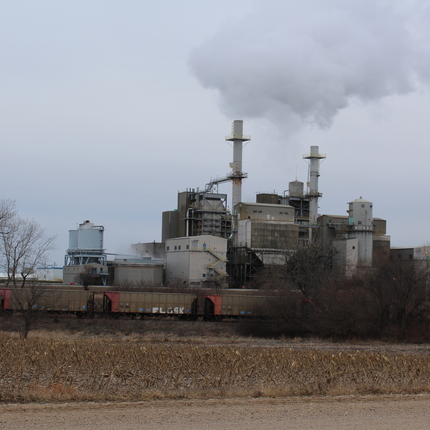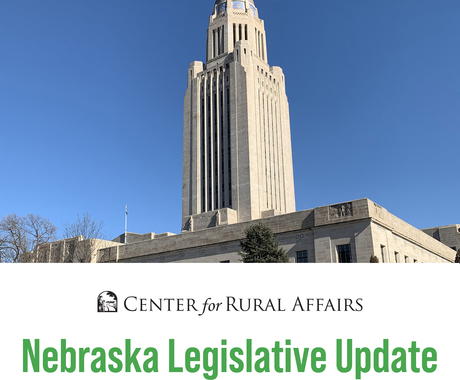By Lauren Kolojejchick-Kotch, former staff member
The Clean Power Plan (CPP) is an effort to reduce carbon emissions from energy generation. Here in Nebraska, 2016 was to kick off with a series of public meetings to learn more about the role of energy in our state, where that energy comes from, and what residents wanted our energy future to look like.
But the Nebraska Department of Environmental Quality (DEQ) “indefinitely postponed” the meetings when the Supreme Court ordered a stay on the Clean Power Plan. Don’t let that deter you from thinking about Nebraska’s energy future.
The cornhusker state relies heavily on coal to generate electricity, requiring us to import coal. In fact, Nebraskans spend $203 per person each year to import coal from Wyoming.
Meanwhile, our coal-fired power plants face costly retrofits to limit pollution, on top of regular operations and maintenance costs required as the plants get older. While Nebraskans are sending our hard-earned dollars out of the state and sinking them into aging coal-fired generation, we are doing little to make use of the resources we have right here at home.
Nebraska ranks 4th in the nation for wind energy potential, and 13th for solar power potential. These vast energy resources can translate into economic benefits for rural and small-town Nebraska.
For example, a standard size, 80 megawatt wind farm developed in a rural area generates:
- $50.14 million in spending in the local community economy
- $6.3 million in nameplate capacity taxes (in lieu of personal property taxes)
- $4.8 million in land-lease payments to local landowners
Switching to renewable energy isn’t the only way for Nebraskans to keep more money closer to home. According to research from Synapse Energy Economics, energy efficiency is a great tool for saving customers money. It is much cheaper to implement and invest in.
Energy efficiency saves money for low-income families and for businesses like grocery stores. In rural and small-town grocery stores, using energy more efficiently can keep the doors open and keep people employed. It also helps to keep the costs of goods like milk affordable for customers.
According to the American Council for an Energy Efficient Economy (ACEEE), the working poor in the Midwest consume up to 26% more energy per year than the average household. The ACEEE regularly ranks Nebraska in the lowest third nationally for policies that would support energy efficiency for consumers, while at the same time ranking 7th for per capita in energy consumption.
By investing in greater energy efficiency and more renewable generation, we can keep electricity costs low for working Nebraskans and keep our money close to home.
The DEQ may have postponed their series of public meetings, but that doesn’t prevent Nebraskans from sharing your thoughts, asking questions and providing feedback about Nebraska’s energy future. We plan to hold a series of listening sessions focusing on the Clean Power Plan and the state’s energy future in the next few months. Stay tuned for more details.




